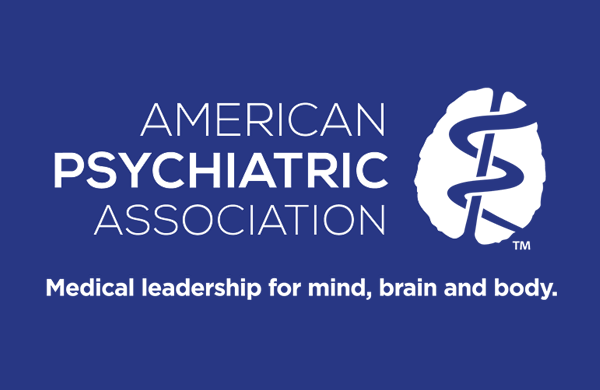- Joined
- Sep 1, 2008
- Messages
- 6,406
- Reaction score
- 6,254
In reading over the No Surprise Act, it appears that providing a good faith estimate may apply to all physicians providing out of network care. This would hit psychiatrists hard due to so many of us having cash practices.
The requirement is to provide a good faith estimate before the patient is seen for the year. It also wants a diagnosis on the good faith estimate we provide. We are expected to be psychic?
Taken a step further, some psychiatrists employ counselors, nutritionists, etc. A patient could utilize all or 1 of the services. An estimate for treating depression with psychiatric follow-ups, nutritionist follow-ups, and counseling could be vastly different than electing for q3 month med management visits.
Patients may start a government dispute if their total fees are $400 or more than the good faith estimate provided. This has punishments. If the patient wins, they pay no more than the total on the good faith estimate.
So in total, we are somehow expected to guess a diagnosis and guess the yearly cost of treatment accurately without being under by more than $400.
The only solution I see so far is to provide a “good” faith estimate that is beyond the cost of what any patient could utilize in a year. Essentially we provide a terrible faith estimate to prevent being punished. However if we give patients a “Good” faith estimate of $50,000, who would still come see us? Can it be a massive range instead?
I’m hoping that I’m misunderstanding this law. If I’m not, I could easily see overhead costs going up $20,000+ for staff to constantly generate these things.
The requirement is to provide a good faith estimate before the patient is seen for the year. It also wants a diagnosis on the good faith estimate we provide. We are expected to be psychic?
Taken a step further, some psychiatrists employ counselors, nutritionists, etc. A patient could utilize all or 1 of the services. An estimate for treating depression with psychiatric follow-ups, nutritionist follow-ups, and counseling could be vastly different than electing for q3 month med management visits.
Patients may start a government dispute if their total fees are $400 or more than the good faith estimate provided. This has punishments. If the patient wins, they pay no more than the total on the good faith estimate.
So in total, we are somehow expected to guess a diagnosis and guess the yearly cost of treatment accurately without being under by more than $400.
The only solution I see so far is to provide a “good” faith estimate that is beyond the cost of what any patient could utilize in a year. Essentially we provide a terrible faith estimate to prevent being punished. However if we give patients a “Good” faith estimate of $50,000, who would still come see us? Can it be a massive range instead?
I’m hoping that I’m misunderstanding this law. If I’m not, I could easily see overhead costs going up $20,000+ for staff to constantly generate these things.




